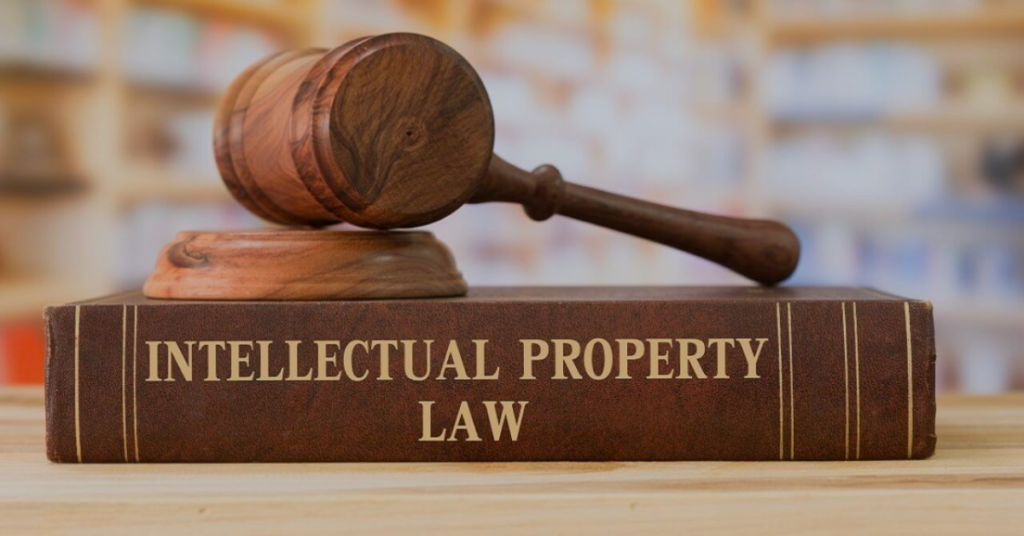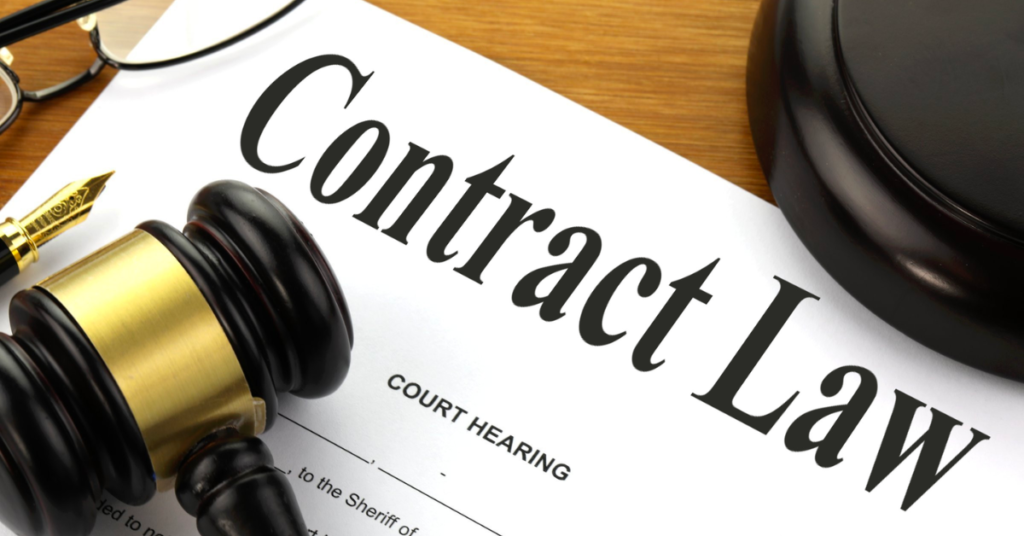<body>
<h1>Order or Notice Under Wrong Section: Understanding the Implications</h1>
<p>In legal and administrative contexts, the specific section of a law, regulation, or policy under which an order or notice is issued holds significant weight. Issuing an order or notice under the "wrong section" can have serious consequences, affecting its validity, enforceability, and the rights of the parties involved. This article explores the ramifications of such errors, providing a comprehensive understanding of the potential issues and remedies.</p>
<h2>What Constitutes Issuing an Order or Notice Under the Wrong Section?</h2>
<p>Issuing an order or notice under the wrong section essentially means that the authority empowered to act has cited an incorrect or inapplicable provision of law as the basis for their action. This can manifest in several ways:</p>
<ul>
<li><b>Misinterpretation of the Law:</b> The authority might misinterpret the scope or applicability of a particular section, leading them to believe it's the correct basis for the order when it's not.</li>
<li><b>Clerical Error:</b> A simple mistake, such as a typographical error or oversight during the drafting process, could lead to the citation of an incorrect section.</li>
<li><b>Lack of Jurisdiction:</b> The authority might be acting outside its authorized scope, attempting to use a section that doesn't grant it the power to issue the specific order or notice.</li>
<li><b>Ambiguity in the Law:</b> If the language of the law is unclear or ambiguous, it could lead to different interpretations and result in the authority choosing an incorrect section.</li>
<li><b>Changes in Law:</b> An outdated understanding of the law where the provisions were amended or repealed.</li>
</ul>
<h2>Why is the Correct Section Important?</h2>
<p>The citation of the correct legal section is crucial for several reasons:</p>
<ul>
<li><b>Legality and Validity:</b> An order or notice must be grounded in a valid legal authority. Citing the wrong section can render the order illegal and unenforceable.</li>
<li><b>Jurisdiction:</b> The section cited demonstrates that the issuing authority has the legal jurisdiction to take the action in question. If the section is incorrect, it can raise questions about the authority's power to act.</li>
<li><b>Due Process:</b> Proper legal process dictates that individuals or entities are informed of the specific legal basis for any action taken against them. The wrong section deprives them of this fundamental right.</li>
<li><b>Transparency and Accountability:</b> Citing the correct section promotes transparency by clearly outlining the legal grounds for the decision. This fosters accountability and allows for proper scrutiny.</li>
<li><b>Defensibility in Court:</b> If an order or notice is challenged in court, the government/issuing authority must be able to demonstrate that it was issued under the correct legal authority.</li>
<li><b>Clarity and Understanding:</b> A correct section provides clarity regarding the actions being taken and the consequences that may follow. It allows affected parties to understand their rights and obligations.</li>
</ul>
<h2>Consequences of an Order or Notice Under the Wrong Section</h2>
<p>The consequences of issuing an order or notice under the wrong section can be significant and far-reaching.</p>
<ul>
<li><b>Invalidation of the Order or Notice:</b> This is the most common consequence. A court or other reviewing body may declare the order or notice invalid and unenforceable.</li>
<li><b>Legal Challenges and Litigation:</b> The affected party may challenge the order or notice in court, leading to costly and time-consuming litigation.</li>
<li><b>Financial Penalties:</b> The issuing authority may be subject to financial penalties or sanctions for acting outside its legal authority.</li>
<li><b>Reputational Damage:</b> Issuing an order under the wrong section can damage the reputation and credibility of the issuing authority.</li>
<li><b>Delays and Inefficiency:</b> Correcting the error can lead to delays in implementing the intended action and create administrative inefficiencies.</li>
<li><b>Impact on Third Parties:</b> An invalid order can affect third parties who relied on it in good faith, creating further complications.</li>
<li><b>Erosion of Public Trust:</b> Such errors can erode public trust in the fairness and integrity of the legal and administrative systems.</li>
</ul>
<h2>Examples of Scenarios</h2>
<p>Let's consider a few hypothetical examples to illustrate the implications of issuing an order or notice under the wrong section:</p>
<ul>
<li><b>Tax Assessment:</b> A tax authority issues a notice of assessment citing a section of the tax code that only applies to corporations, but the assessment is issued to an individual. This notice could be challenged and deemed invalid.</li>
<li><b>Environmental Violation:</b> An environmental protection agency issues a cease and desist order citing a section of the environmental regulations that pertains to water pollution, but the actual violation involves air pollution. The order could be deemed improper.</li>
<li><b>Building Code Violation:</b> A building inspector issues a notice of violation citing a section of the building code related to electrical work, but the actual violation pertains to structural issues. The homeowner could challenge the notice based on the incorrect section.</li>
<li><b>Immigration Detention:</b> An immigration officer detains an individual citing an immigration law section about visa overstays, but the individual entered the country legally and is seeking asylum. The detention could be deemed unlawful.</li>
</ul>
<h2>Legal Principles and Case Law</h2>
<p>Courts have consistently held that orders and notices must be issued under the correct legal authority. Several legal principles support this view:</p>
<ul>
<li><b>Ultra Vires:</b> This principle states that an authority can only act within the powers granted to it by law. Issuing an order under the wrong section constitutes an action "ultra vires" (beyond powers).</li>
<li><b>Rule of Law:</b> The rule of law requires that all actions be based on and consistent with the law. Citing the wrong section undermines the rule of law.</li>
<li><b>Natural Justice:</b> Principles of natural justice, such as the right to be informed of the reasons for a decision, are violated when the wrong section is cited.</li>
<li><b>Judicial Review:</b> Courts have the power to review administrative actions to ensure they are lawful and based on the correct legal authority.</li>
</ul>
<p>While specific case law will vary depending on the jurisdiction and the specific legal area, the underlying principle remains consistent: an order or notice based on an incorrect legal section is vulnerable to legal challenge and potential invalidation.</p>
<h2>Remedies and Recourse</h2>
<p>If an individual or entity receives an order or notice issued under the wrong section, they have several potential remedies:</p>
<ul>
<li><b>Administrative Appeal:</b> Many legal and administrative systems provide for an administrative appeal process. This allows the affected party to challenge the order or notice within the issuing agency.</li>
<li><b>Judicial Review:</b> The affected party can seek judicial review of the order or notice in a court of law.</li>
<li><b>Negotiation and Settlement:</b> In some cases, it may be possible to negotiate a settlement with the issuing authority to correct the error or reach a mutually agreeable resolution.</li>
<li><b>Formal Complaint:</b> Filing a formal complaint with a relevant regulatory body or ombudsman can prompt an investigation and potential correction of the error.</li>
<li><b>Declaratory Judgment:</b> Seeking a declaratory judgment from a court can clarify the rights and obligations of the parties involved.</li>
</ul>
<h2>Preventative Measures</h2>
<p>To minimize the risk of issuing orders or notices under the wrong section, issuing authorities should implement several preventative measures:</p>
<ul>
<li><b>Training and Education:</b> Provide thorough training and education to personnel responsible for issuing orders and notices, ensuring they have a strong understanding of the relevant laws and regulations.</li>
<li><b>Legal Review:</b> Implement a system of legal review for all orders and notices before they are issued, to ensure they are based on the correct legal authority.</li>
<li><b>Checklists and Templates:</b> Utilize checklists and templates to guide the drafting process and ensure that all necessary information, including the correct legal section, is included.</li>
<li><b>Regular Updates:</b> Stay up-to-date on changes to laws and regulations and update internal procedures accordingly.</li>
<li><b>Clear and Concise Language:</b> Use clear and concise language in the law and regulations to minimize ambiguity and reduce the risk of misinterpretation.</li>
<li><b>Database and Search Functions:</b> Maintain a well-organized and easily searchable database of all relevant laws and regulations.</li>
<li><b>Internal Audits:</b> Conduct periodic internal audits to identify and correct any potential errors in the issuance of orders and notices.</li>
</ul>
<h2>The Importance of Seeking Professional Advice</h2>
<p>Navigating legal and administrative systems can be complex. If you receive an order or notice and suspect it may have been issued under the wrong section, it's advisable to seek qualified professional assistance. An experienced professional can help you understand your rights and options, and represent you in any necessary legal proceedings.</p>
<h2>Conclusion</h2>
<p>Issuing an order or notice under the wrong section can have significant legal and practical consequences. Understanding the importance of citing the correct legal authority, the potential ramifications of errors, and the available remedies is crucial for both issuing authorities and affected individuals. By implementing preventative measures and seeking professional advice when needed, it's possible to minimize the risk of such errors and ensure that legal and administrative actions are based on sound legal grounds.</p>
</body>




